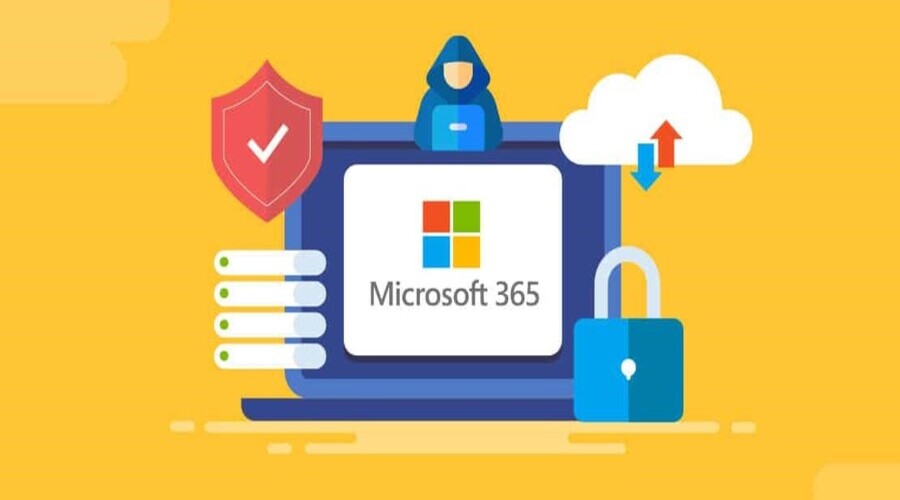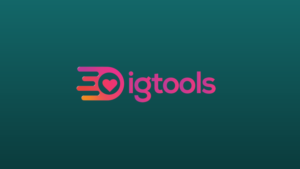Microsoft 365 Security: Secure Your Digital Microsoft 365 Workspace

As cyber-attacks are increasing exponentially, the need for extra Microsoft 365 security cloud storage was immediately on the table. Access management for threat protection requires security features to bolster Microsoft 365 security and help fight against potential cyber threats.
On the other hand, leading organizations are already benefiting from using an additional Microsoft 365 security service.
Digital transformation efforts of the entire business world must have security controls over data protection. Microsoft’s built-in security features are now improved with the implementation of Microsoft Defender for Office 365 to provide secure access management and enhanced data loss prevention.
Why Microsoft 365 security?
Organizations worldwide are increasingly adopting Office 365 and similar Software as a Service (SaaS) solutions as digital transformation initiatives. The transition to remote work pushed by COVID-19 has only accelerated this shift.
SaaS platforms supply companies with regulatory requirements and security information advanced audit since technical expertise for enterprise mobility services are constantly progressing and producing new ideas daily.
As Office 365 becomes a more valuable and widely used tool, it has become one of the most exploited channels for cyber attacks. Securing this platform from cyber threats ranging from credential theft to malware delivery is essential to enterprise cyber security.
Microsoft security is of utmost importance for companies to yield risk management and cloud data protection outcomes, as Microsoft productivity apps can now handle cloud services as a security posture.
Microsoft 365 security features, like advanced threat protection, are generating improved cybersecurity methods to shield you and your business and even provide a competitive advantage in front of your adversary.
Best ways to secure your Microsoft 365 digital workspace
Microsoft 365 has numerous security features and capabilities built in. Technically, with a few simple steps, you can better protect Microsoft 365 and significantly increase your cybersecurity posture with easy changes to system configuration and business practices.
Enable multi-factor authentication
Multi-factor authentication, or 2FA, which requires two or more additional verification methods, protects user accounts and the resources they access.
You can utilize the Microsoft Authenticator app or receive a phone call or text message on your registered number. As a general thing, you must ensure that access to critical data is specified under the Principle of Least Privilege (PoLP).
You can achieve this by setting conditional access policies if you ought more control over who has access to which resources. Multi-factor authentication ensures that your valuable data won’t be compromised if your employees use easy-to-guess passwords or leave their passwords written down in the open.
While it is essential to use strong passwords, this first step ensures that a malicious party will not be capable of acquiring access because they require the employee’s phone.
Data location security and access
Microsoft data centers are constructed from the ground up to safeguard services and data from damage from natural disasters, environmental threats, or unauthorized access.
Office 365 customer data is kept in Microsoft data centers geographically spread and covered by layers of defensive security. It is notable that the M365 F3 license provides customers with exceptional service and experience.
Office 365 is developed for high availability and advances in geo-redundant data centers with automatic failover.
Avoid potential enterprises that may provoke phishing attacks
Enterprise Applications integrate first or unwanted third-party applications into Microsoft 365. With them, you can encourage a third-party application to open your data in Microsoft 365, including essential data, crucial files, and vital emails, for single sign-on.
While it’s excellent to be able to combine applications with Microsoft 365, attackers are employing enterprise applications to compromise tenants.
Cloud apps may indicate that a mobile device is under threat only if the collaboration tools provide sufficient information security and data retention policies.
For instance, Google Workspace operates on multiple clouds and stipulates successful migration for productivity suites.
Enable central reporting over Microsoft Office 365 security
This helps you monitor the health of Office 365, so you can quickly answer critical questions for your security team: Are external users a threat? Who has access to sensitive data? Do they have access to it?
The compliance center offers information protection of the current environment, and any potential human error is immediately reported to spread threat actors of gaining control over your security and generate suspicious video calls and email messages in your name to multiple small businesses and industry standards.
Malicious activity can dive deeper, and many organizations won’t be able to handle potential ransomware attacks. The business sector will endure by taking inventory and acquiring a job title as significant for a healthy workspace.
Enabling central reporting can help you gain insight to answer critical security questions about your Microsoft teams, groups, sites, and OneDrives. You define risk and choose the regulations or Office 365 permission controls you care about most.
Data encryption
To ensure the security of sensitive information at rest or in transit, you must implement an encryption protocol that provides underground storage and communication. That’s imperative if your company handles credit card information, social security numbers, or health records.
You need to meet the regulatory requirements that are starting to apply to almost every industry. Microsoft 365 offers several encryption options by default.
Mail flow rules to protect you against ransomware
Ransomware is a program that restricts an infected computer’s access to data by locking the computer or encrypting the data. Once you are locked out of the computer, it usually asks for a ransom to extort money from the victims.
This money is usually cryptocurrencies like Bitcoin or Ethereum, and the hackers claim they will give you access to your computer after they get the money.
Conclusion
Microsoft makes every effort to keep your data safe, but still, you’ll definitely need an additional source of security – the third-party security of Microsoft 365. The Microsoft Office 365 platform includes protection at every level, from application development to physical data centers to end-user access.
Nowadays, fewer organizations can maintain an equivalent level of Microsoft 365 security at a reasonable cost.

Mahesh Kumar is a dynamic marketing consultant and tech enthusiast with a passion for driving business growth through his innovative strategies and cutting-edge technology. With 6 years of experience in the industry, he has helped numerous businesses leverage the power of digital marketing to reach their target audience, build brand awareness, and increase sales.







